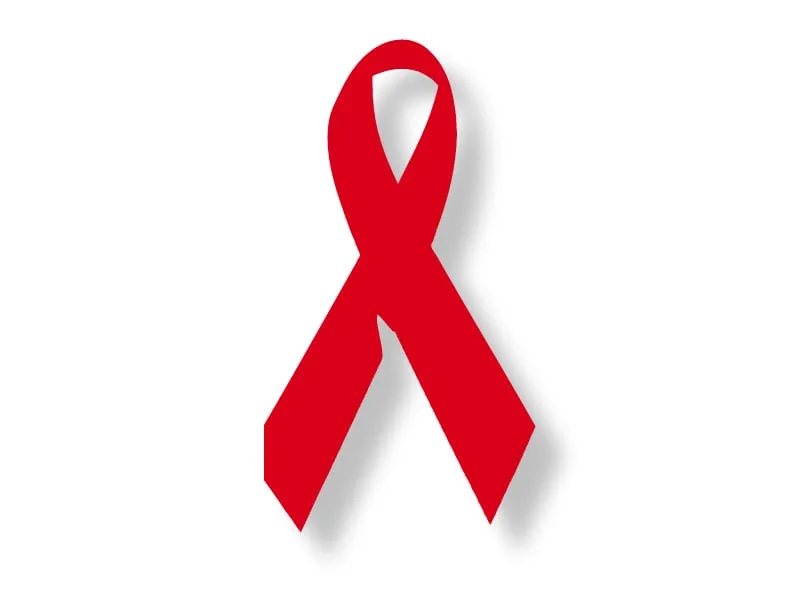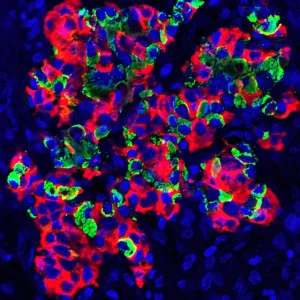Rising HIV Infections Among Young People: A Growing Concern
There’s a worrying trend on the global health scene: HIV infection rates are climbing among young individuals. This increase highlights the urgent need for enhanced awareness, prevention strategies, and accessible testing and treatment options tailored specifically for this demographic.
Why the Increase? Understanding the Factors
Several factors contribute to this concerning rise in HIV cases among youth:
- Lack of Awareness: Insufficient knowledge about HIV transmission, prevention methods (like safe sex practices), and the importance of early testing.
- Stigma and Discrimination: Fear of social stigma prevents many young people from getting tested or seeking treatment.
- Limited Access to Resources: Inadequate access to sexual health education, condoms, and HIV testing and treatment services, particularly in underserved communities.
- Risky Behaviors: Unprotected sexual activity and intravenous drug use increase the risk of infection.
The Importance of Early Detection and Treatment
Early detection and treatment are crucial for managing HIV and preventing its progression to AIDS. Antiretroviral therapy (ART) can effectively suppress the virus, allowing individuals with HIV to live long and healthy lives. Furthermore, treatment significantly reduces the risk of transmitting the virus to others.
Strategies for Prevention and Control
To combat the rising HIV infection rates among young people, a multi-pronged approach is essential:
- Comprehensive Education: Implement age-appropriate and comprehensive sexual health education programs in schools and communities.
- Promote Testing: Make HIV testing more accessible and normalize it through outreach programs and community-based testing events.
- Reduce Stigma: Launch campaigns to raise awareness and reduce stigma surrounding HIV, encouraging open communication and support.
- Increase Access to Resources: Ensure access to condoms, PrEP (pre-exposure prophylaxis), and other prevention tools, especially for vulnerable populations.
- Targeted Interventions: Develop and implement targeted interventions for specific groups at higher risk, such as intravenous drug users and LGBTQ+ youth.
Final Overview
The rising rates of HIV among young people is a call to action. By addressing the underlying factors, promoting prevention, and ensuring access to testing and treatment, we can reverse this trend and protect the health and well-being of future generations. Increased awareness, open communication, and accessible resources are key to turning the tide against this growing health challenge.




+ There are no comments
Add yours